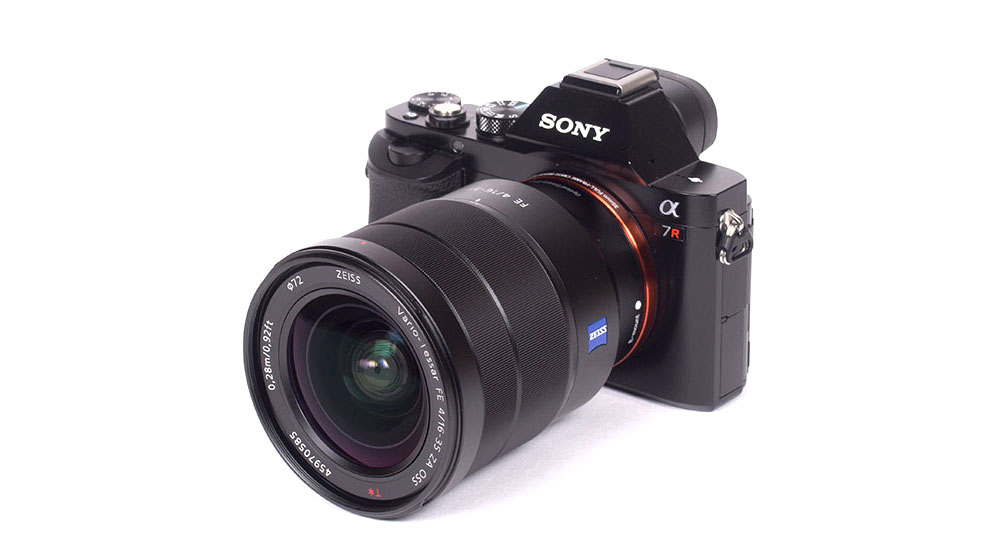
During the introduction of the NEX system, Sony followed a rather erratic strategy regarding the introduction of new lenses. It seems as if they have learned quite a bit in the process because they are much more focused when it comes to the new FE mount. Following high-end standard- and tele-zoom lenses plus a few fast prime lenses, Sony has just released a new ultra-wide zoom lens – the Carl-Zeiss Vario-Tessar T* FE 16-35mm f/4 ZA OSS. Thus with this lens we’d say that the FE system has reached minimum viability in terms of completeness now. Technically the Zeiss lens can be used both on APS-C and full format E-mount cameras although most buyers will certainly come from the latter group. It’s certainly not a cheap lens – given the Zeiss brand name nobody expected this really – but the pricing (around 1500US$) remains at least on a sane level.
The Vario-Tessar is a comparatively big lens by mirrorless standards – especially considering the small size of the Sony cameras. In fact it is almost as large and heavy as its DSLR counterparts. However, the build quality is superb thanks to a tightly assembled metal body and smoothly operating focus and zoom control ring. The lens extends when zooming towards the WIDE end of the range which is a bit unusual although there’s nothing wrong about this. Even fully extended (which isn’t that much anyway) there’s no wobbling whatsoever. The lens is also weather-sealed. A petal-shaped lens hood (plastic) is supplied as part of the standard package.

We tested the lens on a Sony A7R which is not exactly renowned for its AF speed. However, unless you are into sports the performance is adequate. AF operations are also essentially noiseless. Typical for E-mount lenses, manual focusing works “by-wire”. The implementation is really good and allows very fine grained focusing. The lens also incorporates an optical image stabilizer providing an equivalent gain of about 2-3 f-stops in real world situations (Sony claims 4 f-stops)- at least on the A7R with its massive shutter vibrations. This will be better on the A7s/A7(II).
| Specifications | |
|---|---|
| Optical construction | 12 elements in 10 groups inc. 1xAA, 4x aspherical and 3xED elements |
| Number of aperture blades | 7 (circular) |
| min. focus distance | 0.28m (1:5.3) |
| Dimensions | 78×98.5mm |
| Weight | 518g |
| Filter size | 72mm |
| Hood | supplied, petal-shaped, bayonet mount |
| Other features | Weather Sealing, Optical Image Stabilizer |
Distortion
As a user you can select whether your images shall be auto-corrected or remain in true RAW mode. In auto-corrected mode, there is, unsurprisingly, nothing to worry about. The distortions stay at sub-0.5% levels which is negligible, really. However, the situation changes when looking at the original characteristic of the lens. It shows a rather heavy ~3% barrel distortion at 16mm and moderate pincushion distortion at and beyond 20mm. This is about typical in this lens class though.
If you move your mouse cursor over the image you can switch to the corresponding auto-corrected results (there may be a short delay).
RAW distortions:
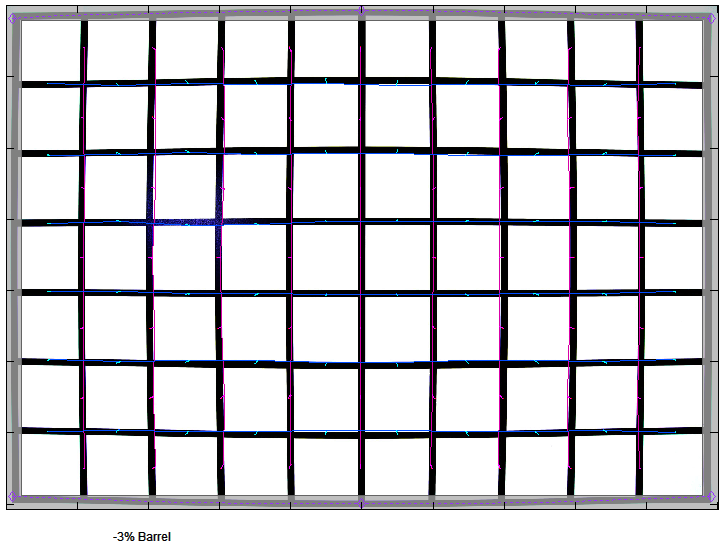
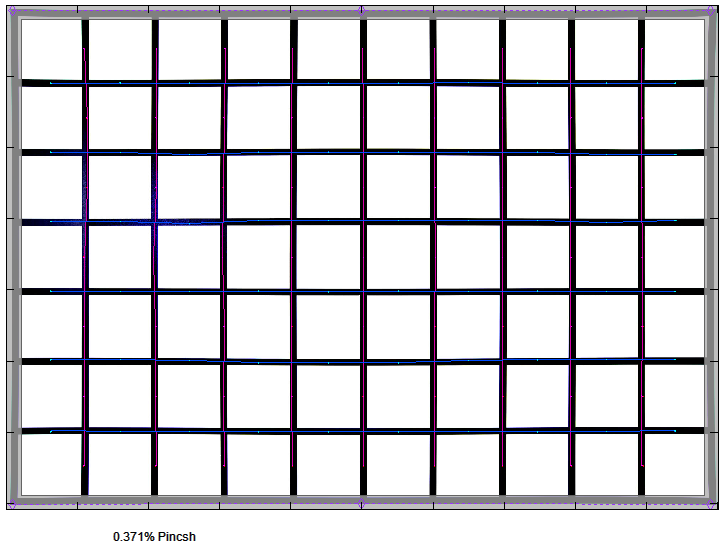

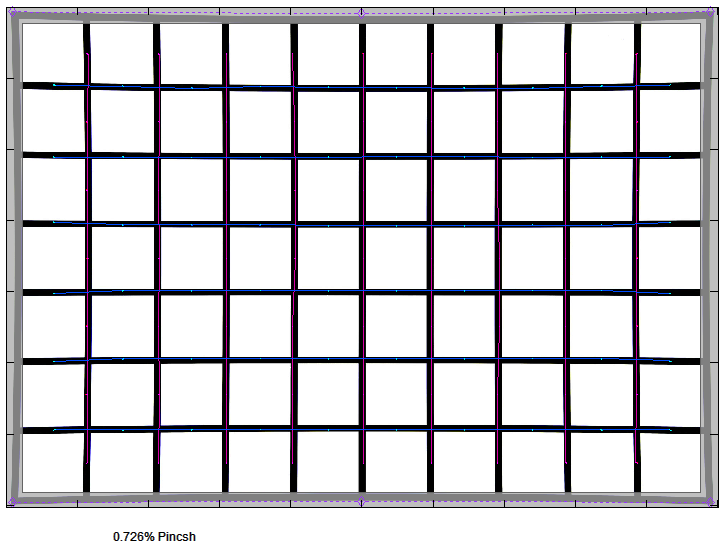
Corrected distortions:
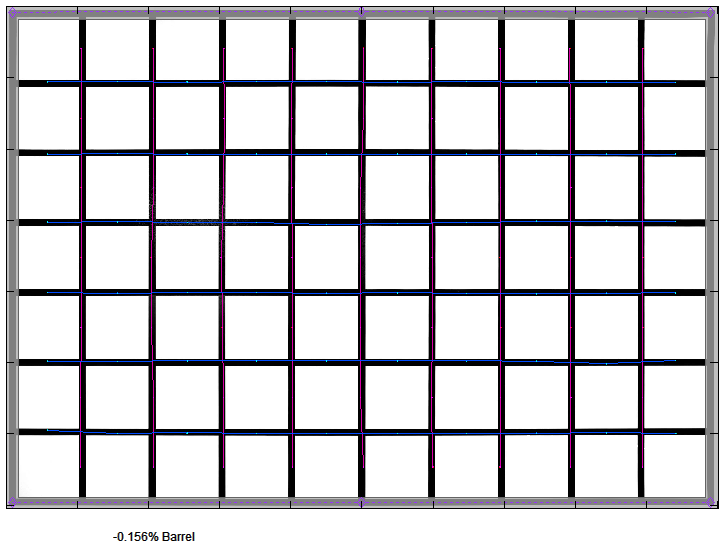
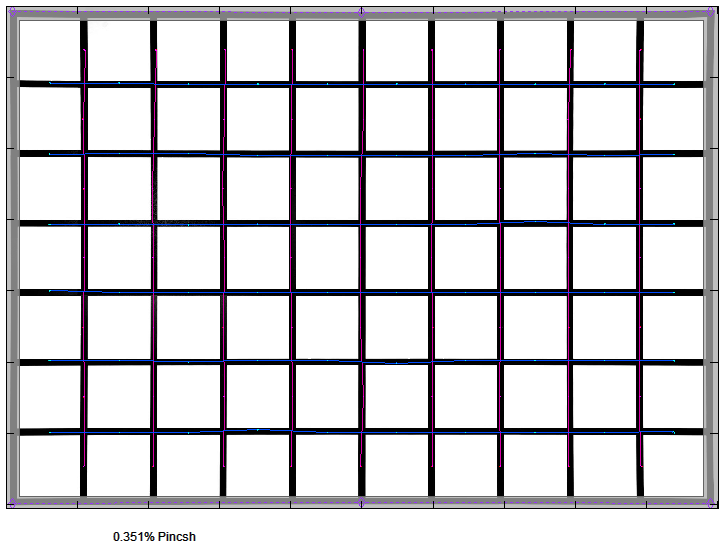
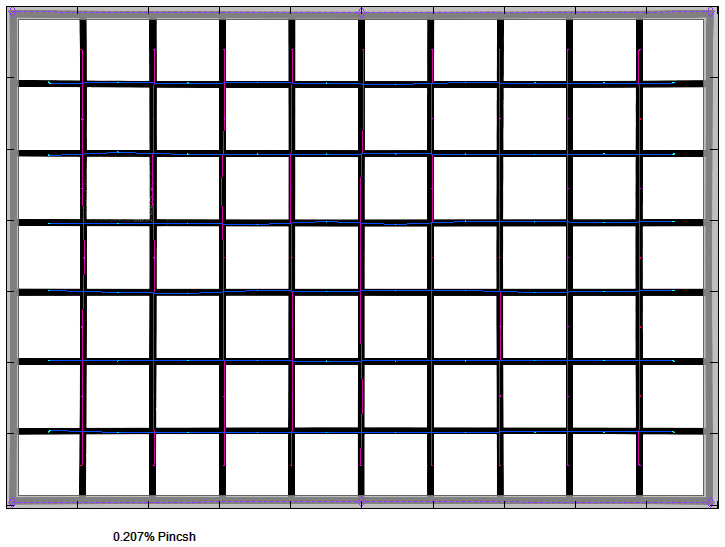
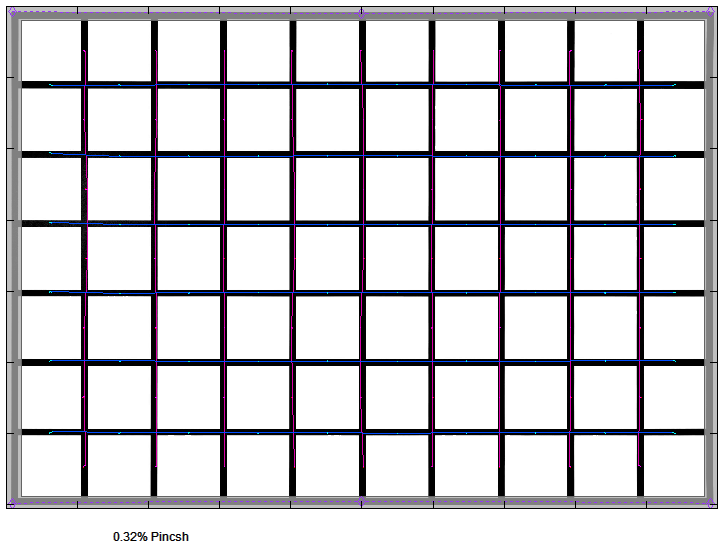
Vignetting
The auto-corrected light falloff at max. aperture is average for an ultra-wide lens on a full-format camera. At f/4, we can observe a max. light falloff of almost 2EV (f-stops) at 16mm f/4 but the issue is more moderate at other settings. At medium apertures you can expect a light falloff of around 1 f-stop at the wide end to 1/2 f-stop at 35mm.
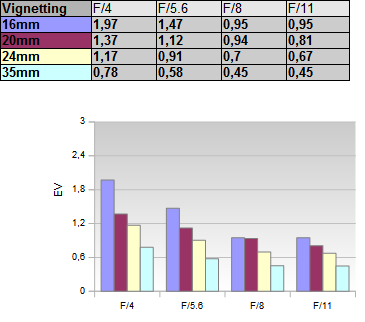
The situation changes when looking at the uncorrected data. At fully open aperture, the falloff is a hefty 3EV at 16mm. Stopping down to f/8 gives you ~1.7EV which isn’t great either.
The issues eases the more you zoom towards the long end but it remains high compared to DSLR lenses in this range. It is worth to mention that vignetting is a rather typical weakness of Zeiss lenses in general.
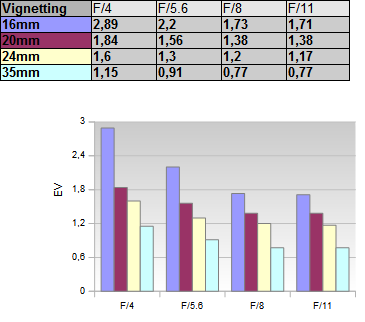
MTF (resolution at 36 megapixels)
The resolution characteristic varies a bit but it’s generally pretty impressive. The center quality is nothing short of outstanding and it’s a safe bet to state that it easily exceeds the capabilities of the 36mp sensor at mainstream settings here. In the low to mid-range the border quality is also very good to excellent and even the corners are sharp. Unfortunately the 35mm setting isn’t quite as impressive. While the center is still fine, and even superb at f/5.6 and f/8, the corners are soft at large aperture settings. However, to be fair – they recover nicely till f/8 so from a real-world perspective this may be less relevant. Diffraction has an impact from f/11 onward.
The (focus-)field curvature is quite pronounced at 16mm at f/4 & f/5.6 so the corners can be pushed out-of-focus in real life situations. However, the curvature flattens when stopping down. The effect has decreased significantly at 20mm already. Residual spherical aberrations (focus shifts) are not an issue.
The centering quality of the tested sample was Okay with a slightly higher softness on the left side of the image field.
Please note that the MTF results are not directly comparable across the different systems!
Below is a simplified summary of the formal findings. The chart shows line widths per picture height (LW/PH) which can be taken as a measure of sharpness. If you want to know more about the MTF50 figures you may check out the corresponding Imatest Explanations.

Chromatic Aberrations (CAs)
Lateral CAs can be auto-corrected either by the camera or via various RAW converter. This is a lossless operation so it’s a good idea to take advantage of this. However, the Zeiss is quite well corrected – at least when looking at the border zone where the average CA pixel width varies around the 1.5px mark. The figures are somewhat higher in the extreme corners though. Even so this is pretty good for an ultra-wide lens tested on a 36 megapixel camera.

Sample Images
The Carl-Zeiss Vario Tessar T* FE 16-35mm f/4 OSS ZA may not be able to convince completely but we actually like it quite a bit. It is capable of delivering sharp results at medium apertures. In fact, it's pretty much excellent around the 20mm mark especially considering the 36mp sensor of the test camera. The weakest spot is at 35mm where the corners could be better at f/4 and f/5.6 but beyond they are just fine actually. The field curvature is a bit on the high side at 16mm (at f/4 and f/5.6). Unsurprisingly there's quite a bit of vignetting at 16mm f/4. Stopping down helps, of course, although not as much as you might expect. Image distortions are typical for a lens in this class. The amount of lateral CAs is relatively good.
Typical for most Sony-made lenses the build quality is impressive. The tightly assembled, weather-sealed metal body feels reassuring and it's simply a joy to use it out there. While AF speed isn't really an important value proposition on such a lens, it is decent although not outstanding. The optical image stabilizer is also a nice value-add.
Thus all in all it is not a perfect lens but a desirable one.
-
Optical Quality
-
Build Quality
-
Price / Performance

